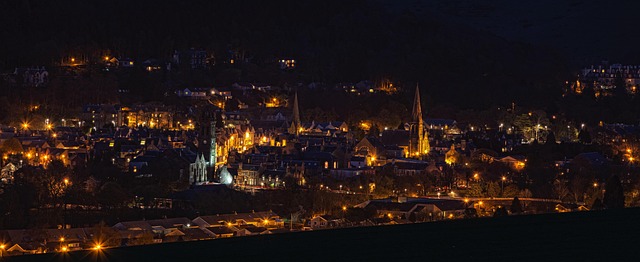Understanding Dynamic Range: A Key Element in Photography
When it comes to photography, capturing the perfect shot is not just about having the right camera or optics; it’s also about mastering lighting and understanding dynamic range. Dynamic range refers to the difference between the lightest and darkest parts of an image, and it’s a crucial aspect that can make or break your photographs.
Why Dynamic Range Matters
Imagine you’re out in the golden hour of sunset, with vibrant colors blending across the horizon. You snap a photo, only to find that the brilliant hues are washed out or lost in shadows. This is where dynamic range plays a vital role. A camera with a high dynamic range can capture both the bright skies and the rich details in the shadows, producing an image that truly reflects the scene before you.
Lighting Techniques to Enhance Dynamic Range
To take control of dynamic range in your photography, here are some lighting tips that can elevate your skills:
- Use Reflectors: Adding a reflector can help illuminate shadowed areas, balancing the light and enhancing details without overexposing other parts of your photo.
- Bracketing Exposures: If your camera allows it, take multiple shots at different exposures. This technique helps you capture the full dynamic range and can be combined later in post-processing for stunning results.
- Understand the Golden Hour: The soft, diffused light during dawn and dusk not only enriches colors but also minimizes harsh shadows, making it easier to capture a broader dynamic range.
Choosing the Right Camera and Optics
Not all cameras are created equal when it comes to dynamic range. Higher-end DSLRs and mirrorless cameras generally have better sensors that can capture more dynamic range. When selecting your optics, consider lenses that provide great versatility and sharpness, allowing you to capture images in various lighting conditions.
Additionally, high dynamic range (HDR) imaging can be created using specific software. By blending multiple exposures, you can create a stunning final image that preserves detail in both the bright highlights and deep shadows.
Practice and Patience
Like any other skill, mastering dynamic range in photography takes practice and patience. Experiment with different lighting conditions and settings on your camera. The more you engage with your environment and understand how light interacts with your subjects, the better your photography will become.
Embrace the beauty of dynamic range, and let it inspire you to capture images that reflect the true essence of the moment. With the right lighting techniques and the perfect camera in hand, you can transform your passion for photography into breathtaking art.




